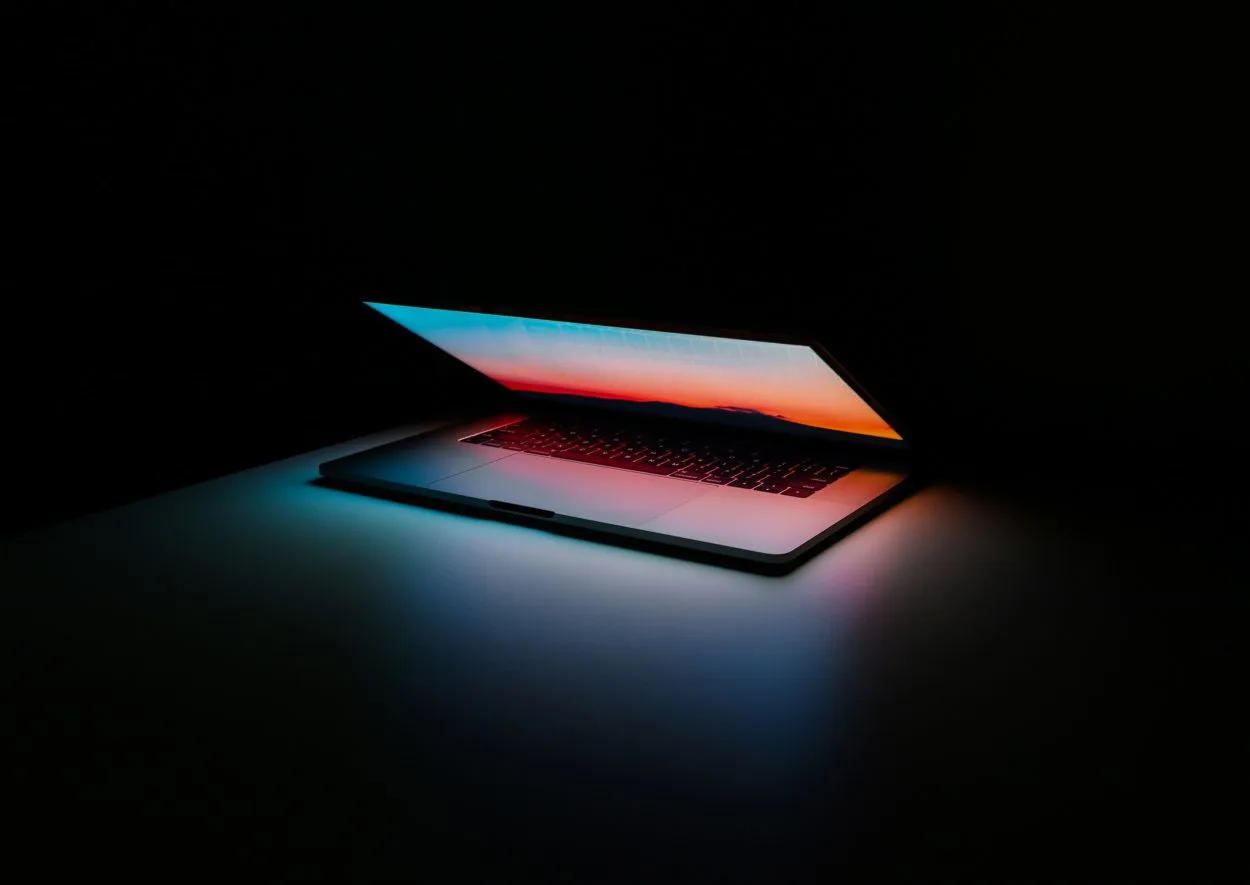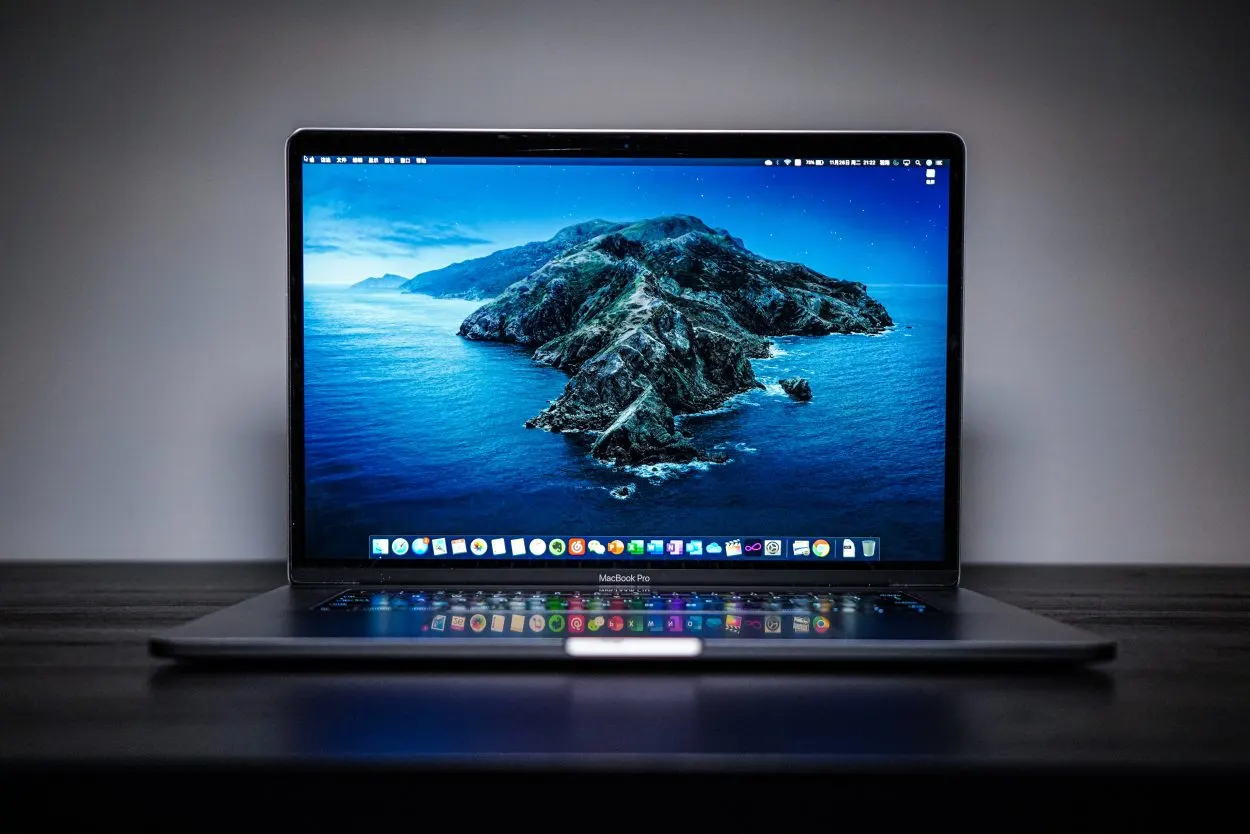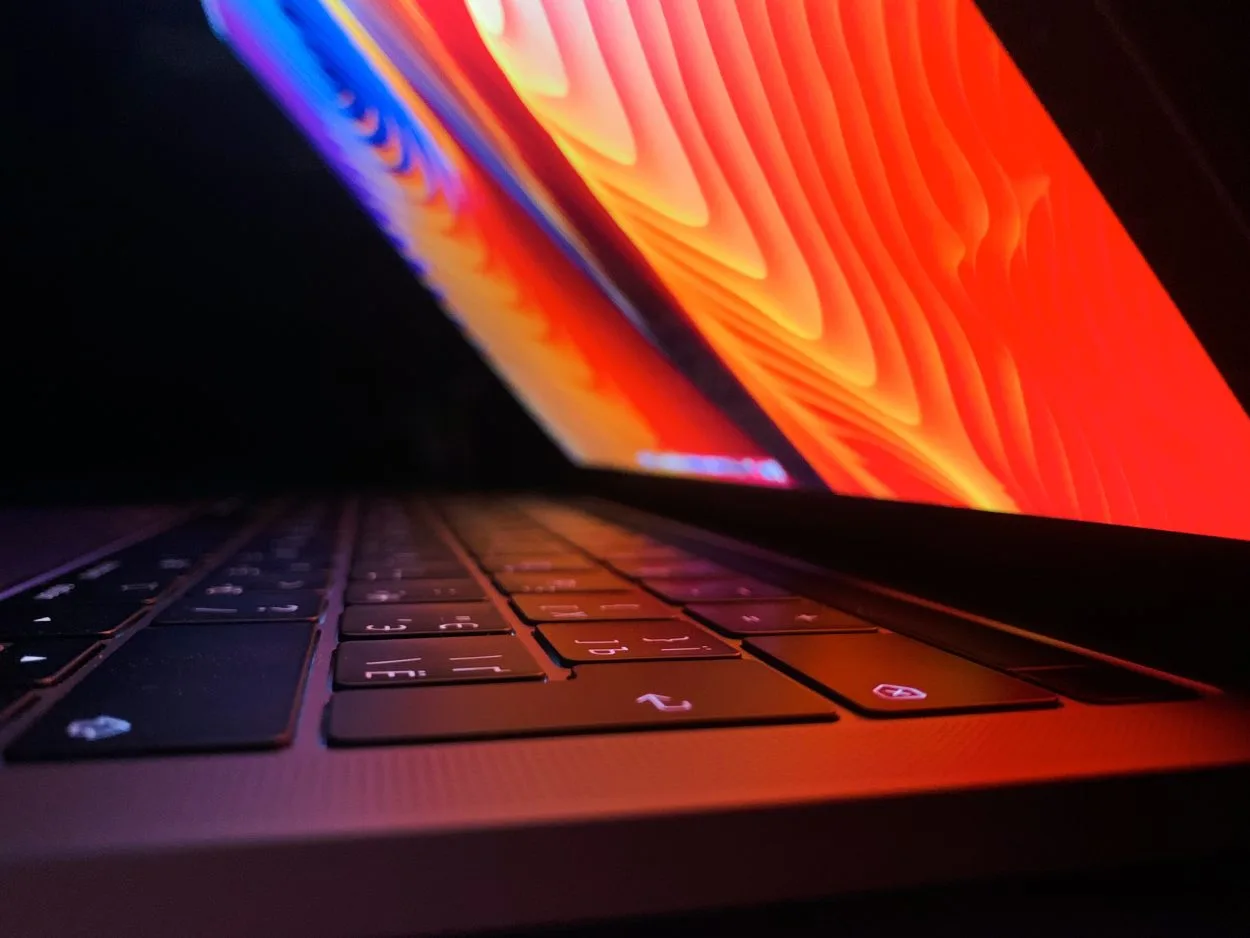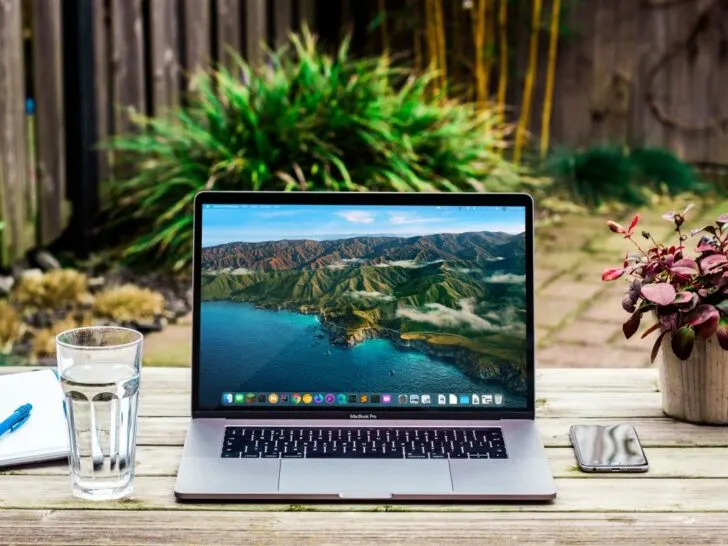The word pixel is a combination of Pix, which is from “pictures”, shortened to “pics”, and el, which is from “element.” It’s the smallest and most controllable element of a picture shown on the screen. Each one of the pixels is a sample of an original image. The greater the number of samples, the more accurate the representations will be of the original image. Furthermore, the intensity of every pixel is variable. In color imaging systems, a color is represented by about three or four component intensities, for instance, red, green, and blue, or yellow, cyan, magenta, and black.
When it comes to laptops, people are quite possessive, and they should be because people get laptops for different kinds of reasons. The reason could be anything, but everyone wants the best-resolution laptop.
Image resolution is described in PPI, indicating how many pixels are displayed per inch of an image. Higher resolutions mean there are more pixels per inch (PPI), which results in a high-quality image.
Thus, if your 15’6 laptop has a 1920×1080 screen, there are twice as many pixels compared to a 1366×768 screen on a 15’6 laptop. A 1366 x 768 screen has less desktop space to work, it will not be a problem if you just want to watch Youtube videos, however for programming or any type of creative work, a Full HD screen is a much better option, you can also fit much more on the screen compared to 1366×768 screen.

Here are some best 1080p laptops that you should consider.
- Acer’s Spin 1 convertible, which will cost you around $329, has a 1080p screen that reproduces an incredible 129 percent of the color gamut.
- The Acer E 15 (E5-575-33BM) has a 1920 x 1080 panel, and it also comes with a Core i3 CPU and a 1TB hard drive.
- The Asus VivoBook E403NA contains a sleek aluminum chassis and an impressive selection of ports as well as a sharp, 13-inch full HD screen, it will cost you about $399.
Keep reading to know more.
Is there a big difference between 1366×768 and 1920×1080?

If you are standing across the room from your laptop, you will not see the pixelation of a 1366 x 768 display. However, a distance of one to two feet can help you make out all the dots.
According to Raymond Soneria who’s the president of a screen-testing company known as DisplayMate, ” If you have a laptop with a 15-inch display and if you view it from 18 inches away, you would need a ratio of about 190 PPI (pixels per inch) to avoid graininess. Laptops with 14.1-inch, 13.3-inch, and 11.6-inch screens are only slightly sharper at this resolution, with PPIs of 111, 118, and 135, respectively.”
As I said, pixels make a big difference and a big difference between 1366×768 and 1920×1080 is that, with a 1920×1080 screen, you will get twice as many pixels as a 1366×768 screen. You can easily fit quite a lot on the 1920×1080 screen.
Furthermore, the 1920×1080 screen is much sharper and will make movies worth watching. Another difference is price, a 1920×1080 screen will cost you slightly more, however you should purchase it as a screen it the most important feature for a laptop.
What is the best resolution for a 15.6 laptop?
When shopping for 15.6 laptops, you should consider a model that has a display of “full HD” which is known as 1080p, or 1920 x 1080 because no one wants a grainy screen.
Even far sharper screens are labeled as 4K / Ultra HD (3840 x 2160), 2K / QHD (2560 x 1440), or are listed by their pixel count.
15.6 laptop is one of the biggest ones. However, cheap laptops often have 13.3 to 15.6-inch screens with a resolution of 1366 x 768 pixels, which is good for home use. But 15.6 laptops are used for work purposes as these laptops have sharper screens with a resolution of 1920 x 1080 pixels and more.

Is 1366×768 resolution Full HD?
1366×768 resolution isn’t full HD it’s known as only “HD”, “full HD” is known as 1080p, or 1920 x 1080. There’re sharper screens other than 1920 x 1080, but it’s still considered full HD.
1366×768 screen can be the worst thing you can purchase, as a buyer named Soneira said, “I have a laptop like this, and the text is noticeably coarse and pixelated that diminishes reading pace and productivity and can augment eye fatigue.” It’s correct what she said. 1366 x 768 doesn’t spare enough screen to read Web pages, edit documents, or multitask.
An online article stated, “You can’t even see past the headline on a low-res screen.” 1920 x 1080 screen provides 10 more lines than a low-res screen like a 1366 x 768 screen. However, you must practice two-finger swipes if you want a low-res screen.

Is 1920 x 1080 a good resolution for a laptop?
1920 x 1080 is the best resolution that you can get for your laptop. The higher the resolution, the clearer and better the display and the easier it will be to read or see.
Mostly, 1920 x 1080 resolution is the most common among people who want a good resolution. Higher resolution also means you can fit all your codes on the screen. However
, higher resolution on a small screen can make your display grainy or crisper.
As long as you choose the right size of screen and resolution, you’ll be good. The ideal size for the screen can be 15.6, and for this, the resolution should be 1920 x 1080.
The fewer pixels you have, the more likely you will see all the dots in your images. Thus, 1920 x 1080 is the ideal resolution to avoid such things.
Furthermore, almost all applications and Web pages require around 1,000 pixels of horizontal space to show the content, but with 1366 pixels of space, you can’t possibly fit a full-sized application at once. You would have to scroll horizontally to see the whole content, which can be daunting. Thus, you should choose 1920 x 1080 resolution.

Here is a table for the ideal resolution for a certain laptop size.
| Screen resolution | Laptop size |
| 1280×800 (HD, WXGA), 16:10 | 10.1-inch Windows mini-laptops and 2-in-1 PCs |
| 1366×768 (HD), 16:9 | 15.6-, 14-, 13.3-, and 11.6-inch Laptops and 2-in-1 PCs |
| 1600×900 (HD+), 16:9 | 17.3-inch laptops |
| 3840×2160 (Ultra HD, UHD, 4K), 16:9 | Higher-end laptops and many gaming laptops |
What is the most common screen resolution for laptops?
The best screen resolution is considered 1920 x 1080, also known as “full HD”, there are higher resolutions, however, 1920 x 1080 resolution provides the right amount of everything, as in the space for the content of Web pages or applications.
A lower resolution than 1920 x 1080 doesn’t provide the experience that one would want. Even though low-res screens are better for home use, but not for programming or any kind of work that requires multitasking.
NPD Analyst Stephen Baker said, “They often have to choose as to what the consumer would want (or the business), and a down-res screen is an easier sell (and takes out more costs to hit a price point) than a shift in processor, or RAM, or sometimes even weight or thickness,” basically he said that 1366 x 768 are common because manufacturers and companies want to save money.
Learn about the differences between 4k and 1080p through this video.
To Conclude
- Screen resolution (PPI) impacts image quality on laptops.
- Higher resolutions like 1920×1080 (Full HD) offer sharper visuals.
- 1920×1080 provides double the pixels of 1366×768. They are ideal for professional work.
- 1366×768 suits casual use but may not be best for multitasking.
- Manufacturers pick 1366×768 for cost-cutting, compromising screen quality.
- Balance screen size and resolution: 1920×1080 suits 15.6-inch laptops.
- 1920×1080 minimizes scrolling and boosts productivity.
- Opt for 1920×1080 for better laptop screen performance.

